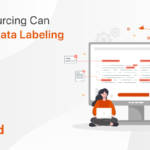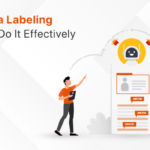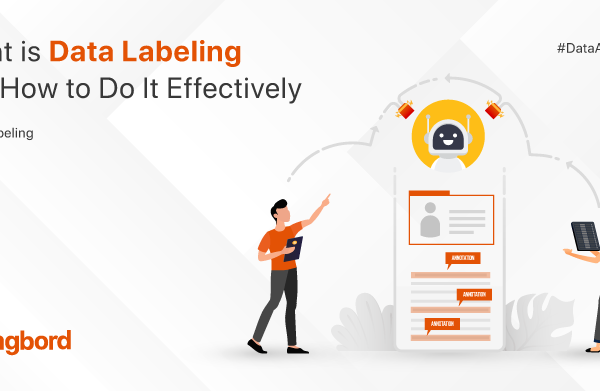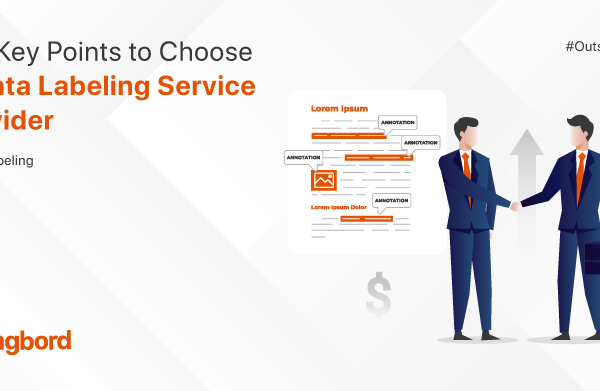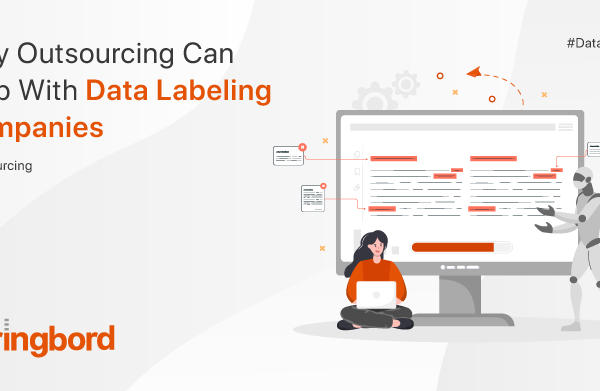The use of computer vision in AI models is revolutionizing the online retail industry. Businesses like Amazon and eBay that connect buyers and sellers online have managed to amass massive online inventories with billions of listings. Growing online storefronts bring with them a corresponding growth in complexity for shoppers.
Users of many online shopping inventories may find it difficult to locate the desired item, add new listings, and avoid products listed at artificially inflated prices. Machine learning advancements are starting to be implemented to streamline these procedures, making it easier and safer to list and find items. The effort put into data annotation has facilitated this growth.
Constantly growing online stock causes several issues for shoppers:
- Selecting Appropriate Items:
Finding specific information on the Internet can be challenging. If a customer sees something they like in real life or elsewhere online, they may have to sift through thousands of similar (or not so similar) objects before finding a close match. Sales opportunities may be lost because of the time and effort required to locate precise matches for desired shopping items.
- Listings creation:
For some private sellers, the time and energy required to create an ad are too much to justify. Sellers who deal in a wide variety of items from the same category may need to create dozens, if not hundreds, of separate listings. If the sale is delayed too long, the seller may lose money and the buyer may become frustrated.
- Finding the sources of the issues:
Some categories of goods may experience price gouging and fraudulent sales practices at some points in time. High-demand items, such as face masks and hand sanitisers, have been marked up in price routinely during the COVID-19 pandemic, leading to desperate customers being illegally overcharged. As for the rest, they might not be legal in your country. Unfortunately, the sheer number of listings makes it difficult to manually identify and remove problematic items.
Solutions in computer vision
Problems like those we’ve already discussed are a constant barrier to using the internet to shop. Therefore, many businesses are looking to AI models for computer vision to provide answers:
- Searching Made Easier
Word terms, which are used in traditional searches, may not be specific enough to find what you need. By analyzing images down to the pixel, computer vision helps consumers locate more relevant options. Artificial intelligence models can be taught to recognize customer-submitted images and match them to products listed on websites. As a result, consumers can conduct a quick search utilizing images from various sources.
- Listings streamlined:
The process of listing products is another area where AI applications powered by machine learning can save time and effort. In the realm of e-commerce, object recognition technology enables apps to scan products and generate listings without any human intervention. That way, vendors can list numerous items without sacrificing the quality of the data they include.
- Verification of goods by machine:
Artificial intelligence can aid stores in detecting and preventing exploitative and fraudulent sales tactics. Target objects, such as hand sanitizer, can be identified in large numbers by computer vision models. They will be able to spot instances where these products are being inflated in price. As a result, problematic vendors can be banned from any marketplace in no time.
- Acquiring a Unique Identity :
Annotating customer data helps businesses tailor their marketing efforts to each customer, improving the shopping experience for both buyers and sellers. With the help of AI, retailers can now recommend items to customers based on their past purchases and web browsing habits. Annotating and labeling data can aid in the personalization of marketing campaigns on a large scale, allowing for increased productivity and profits. Efficiency gains are another benefit of automating processes.
Data annotation can be useful if you want to make it easy for customers to find what they’re looking for and give them a positive shopping experience that will keep them coming back. If you need assistance with data annotation and labeling, Springbord is here to help. We provide individualized services to address your unique data processing requirements and ease your burden.



